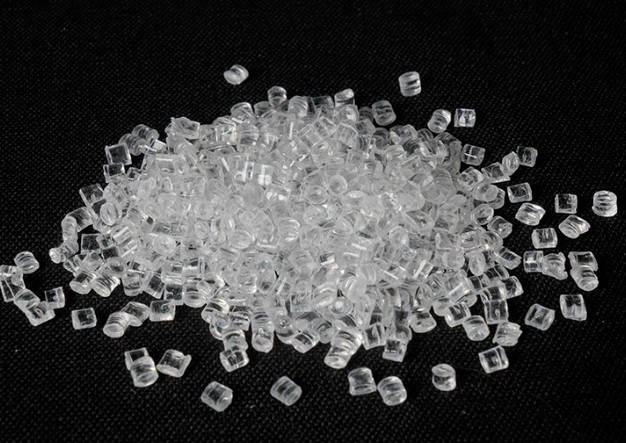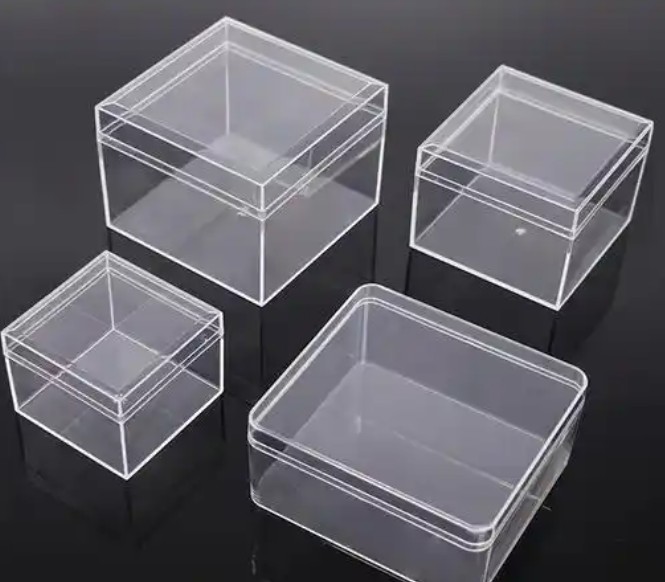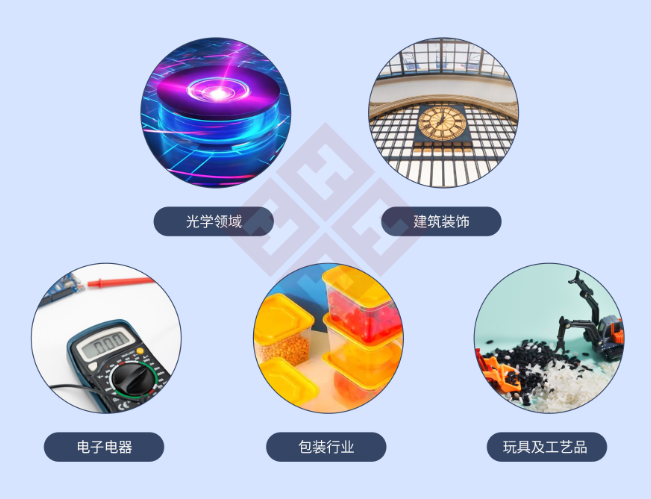GPPS is short for General Purpose Polystyrene, which is a type of Polystyrene (PS).
GPPS is produced by the free - radical polymerization of styrene monomers. Its molecular chain is mainly composed of repeating styrene units. The presence of benzene rings in the molecular structure endows GPPS with certain rigidity and stability.

It has high transparency, with a light transmittance of 88% - 92%. It appears colorless and transparent and can be comparable to optical glass. Therefore, it is widely used in fields with high requirements for transparency.
It has relatively high hardness and good rigidity. It can maintain good shape and dimensional stability at room temperature and is not prone to deformation. However, it is rather brittle and has poor impact resistance, and is easy to crack.

It has good processing fluidity and is easy to be formed and processed. It can be made into various - shaped products through multiple molding methods such as injection molding, extrusion, and blow molding. During the processing, the molding cycle is short, and the production efficiency is high.
It has good thermal stability and can maintain relatively good properties within a certain temperature range. Its glass transition temperature is approximately 80℃ - 100℃. Above this temperature range, GPPS will gradually soften and lose its rigidity.
It has good tolerance to common acids, alkalis, salts, and other chemical substances. However, it is easily soluble in certain organic solvents, such as toluene and dichloromethane.

Due to its high transparency and good processing properties, it is often used to make various packaging containers, such as food packaging and daily - use product packaging. For example, transparent plastic cups, food packaging boxes, and cosmetic packaging bottles are often made of GPPS.
GPPS has good insulation properties and dimensional stability and can be used to manufacture the outer shells and components of electronic and electrical products. For example, the outer shells of televisions and computer monitors, as well as the outer shells and components of some small - sized electronic devices.
With its excellent optical properties, it is widely used in the fields of optical instruments and lighting equipment. For example, in products such as optical lenses, lamp shades, and optical fibers, GPPS is one of the commonly used materials.
In the field of architectural decoration, GPPS can be used to make decorative panels, moldings, and ornaments. Through surface treatment and processing, it can present various aesthetic effects to meet different decoration requirements.
GPPS is a recyclable plastic material. Recycled GPPS can be re - processed to make recycled plastic pellets, which are used to produce some plastic products with relatively lower performance requirements, such as plastic trash cans and plastic pallets. This not only helps to conserve resources but also reduces environmental pollution.




